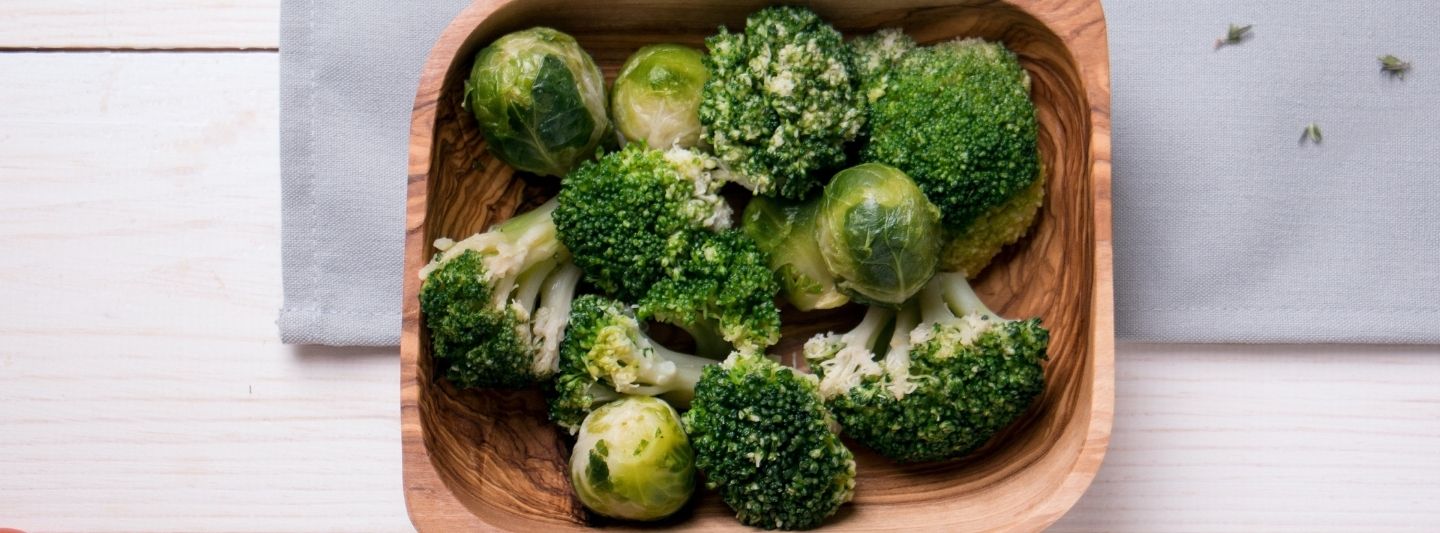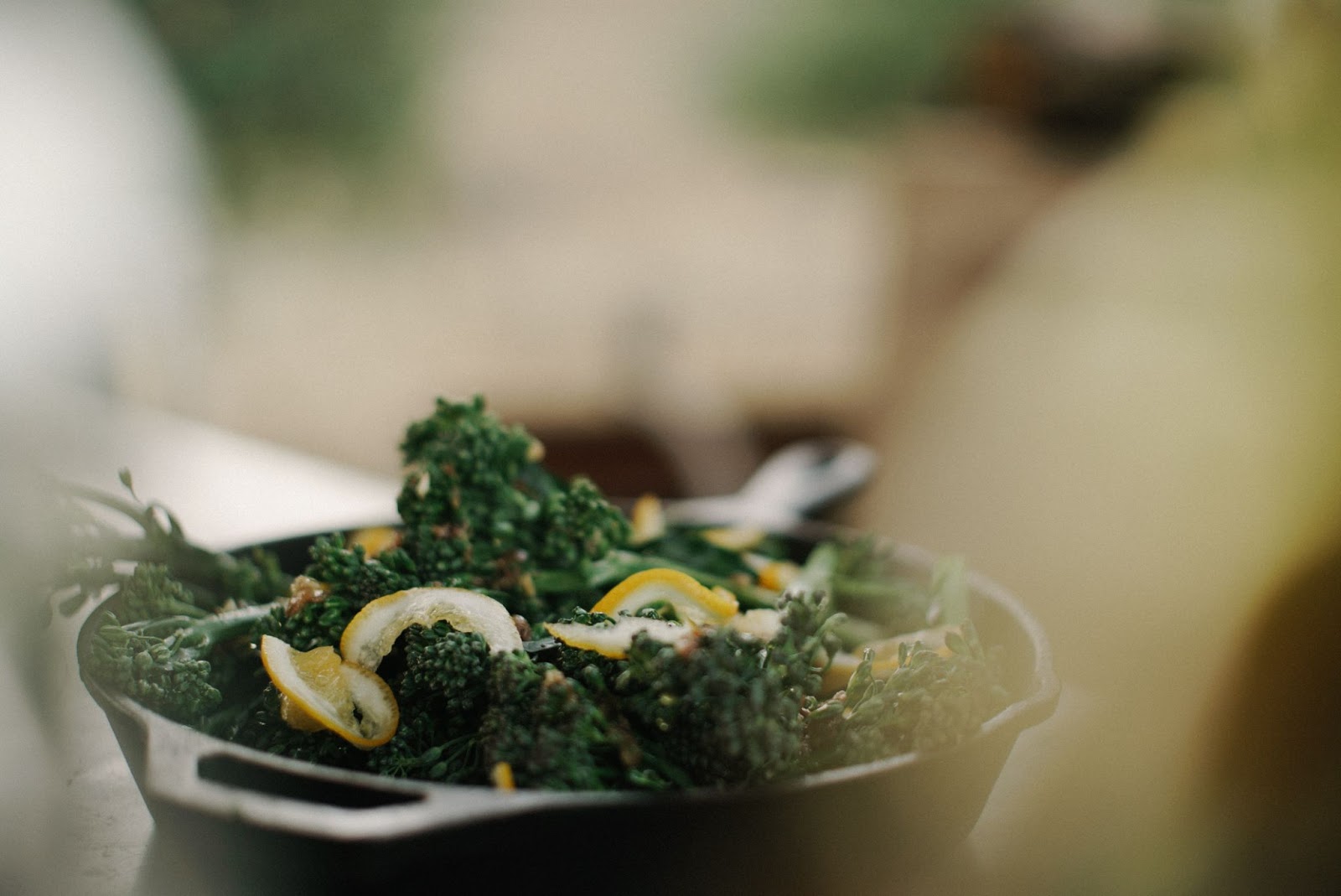
6 Simple Tips To Make Sustaining a Healthy Diet as Easy as Can Be
Luckily for us all, there are a couple of things we can do to help make sustaining a healthy diet easier and more convenient. Try out these 6 simple tips!

It’s every Nutritionist’s mantra, “Eat more broccoli”. Touted for its health-promoting benefits and a reduction of chronic diseases, broccoli and its breakdown constituent sulforaphane have been studied immensely as being “plant medicine”.
As a Nutritionist, Biowhole Nutrition’s Puja Bansal is constantly recommending her clients to eat vegetables that have a multifold effect on the body, and cruciferous vegetables fit the bill. In today’s article, we delve deeper into the world of cruciferous vegetables, discussing what exactly they are, some of their incredible health benefits, as well as some of Puja's tasty tips to incorporate more of them into your diet!

What are cruciferous vegetables?
Cruciferous or Brassica vegetables originate from a family of plants known as Cruciferae and have been an important part of the human diet worldwide. The commonly consumed cruciferous vegetables include broccoli, brussel sprouts, cabbage, cauliflower, collard greens, kale, kohlrabi, mustard, rutabaga, turnips, bok choy, horseradish, watercress, wasabi, and swiss chard.
The incredible health benefits of cruciferous vegetables
Cruciferous vegetables are unique in that they are a rich source of sulfur-containing compounds known as glucosinolates, of which the most widely reviewed is glucoraphanin. These glucosinolates are converted into naturally occurring molecules called isothiocyanates through the action of an enzyme present in the plant tissue itself and are activated when the plant is crushed, chopped, or chewed. Our gut microbiomes also contain the enzyme myrosinase, which leads to the notion that humans were designed to get the precursor glucoraphanin and the vital components that come with eating these strong pungent flavors. Of these isothiocyanates, sulforaphane from broccoli and broccoli sprouts has been studied immensely for its ability to act as “green chemoprevention”.
Not all cruciferous vegetables contain sulforaphane, however, all of them contain isothiocyanates which are extremely effective blockers of carcinogens, a substance capable of causing cancer and increase the rate of detoxification. There are many factors that can affect the bioavailability of the bioactive compound sulforaphane, including the cooking and the co-ingestion of other substances, but research suggests that light steaming for about 3-4 minutes is the ideal methodology to keep the enzyme myrosinase intact for the conversion of glucoraphanin to sulforaphane.
Broccoli and other cruciferous vegetables contain vitamin A, vitamin E, and vitamin C, all of which are well-known antioxidants. Additionally, broccoli contains a whole array of B-vitamins including folic acid, which is imperative for DNA repair enzymes, along with Magnesium which plays a crucial role in energy production and bone development. Vitamin K, another nutrient found in Broccoli, is essential for helping blood clot to prevent excessive bleeding, and also for keeping our bones healthy.

Consuming a fiber-rich diet is also linked to increased protective mechanisms against diseases such as diabetes, cardiovascular disease, certain cancers, and obesity. The fiber contained within cruciferous vegetables is vital to the health of our gut microbiome and promotes the growth of our beneficial bacteria. These gut microbes feed off these fibers and multiply in number which is vital to ward off the pathogenic bacteria and to keep our gut lining intact, which is our first line of defense against the bad guys.
Sulforaphane, especially from broccoli sprouts has shown to be effective in the treatment of Autism Spectrum Disorder (ASD). Various studies done on Autistic children show that Sulforaphane from Broccoli sprouts results in improved social and cognitive behavior, verbal communication, and cognitive function. Sulforaphane has also shown to exhibit neuroprotective effects in traumatic brain injury, Alzheimer’s disease, and Parkinson’s.
Glucoraphanin and sulforaphane induce detoxification enzymes, which protect our cells and enable the excretion of compounds through the kidneys and/or bile, ultimately ending up in our feces. Sulforaphane from broccoli sprouts has shown to assist with the detoxification of carcinogenic chemicals in foods as well as from tobacco smoke and air pollution.
How to enjoy cruciferous veggies
According to Puja, Cruciferous vegetables should be a staple in everyone’s diet. She recommends eating them at least 3 times a week, cycling the vegetables regularly for variety so eating them never gets mundane.

For those of you who aren’t huge fanatics of veggies, believe it or not, but incorporating more cruciferous vegetables into your diet can be enjoyable.
Here are some tasty tips from Puja:
Try broccoli lightly steamed and drizzled with a serving of extra virgin olive oil and a good dash of salt and pepper, or brussel sprouts baked in the oven with a light drizzle of tamari
Disguise veggies as more popular food options, like cauliflower rice, and integrate different spices such as turmeric and curry powder into it to add new flavors each time
Add a vast array of vegetables into the food you enjoy like fried rice
If you find the taste of cruciferous vegetables too pungent, chop them up into small pieces as you mix them into your favourite food to further mask the taste of them
The world is your horizon when it comes to experimenting with cruciferous vegetables!
Featured Contributor:

Puja works with clients of all ages to enable their health and wellness goals with an emphasis on “food-centric” therapies and supplementation with Nutraceuticals. Puja also empowers them in making these necessary changes to their diet and lifestyle through motivational interviewing and behavior change.